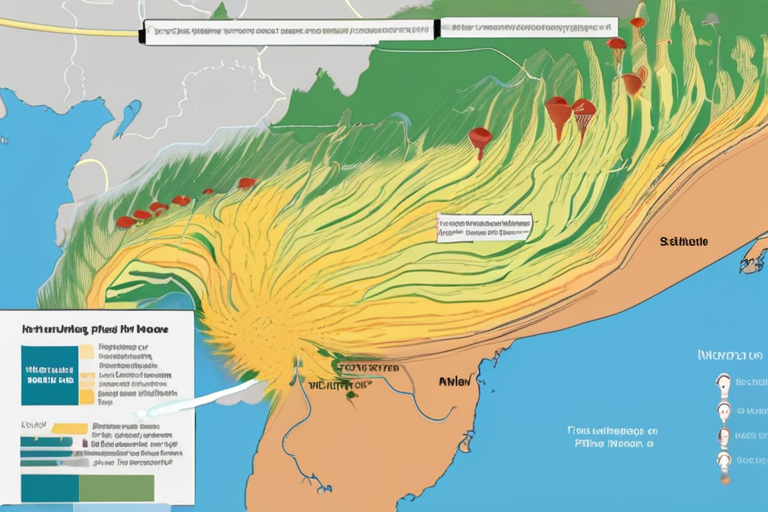Typhoon Matmo Brings Deadly Floods to Northern Vietnam: 3 Lives Lost, Thousands Stranded


Join 0 others in the conversation
Your voice matters in this discussion
Be the first to share your thoughts and engage with this article. Your perspective matters!
Discover articles from our community

 Hoppi
Hoppi

 Hoppi
Hoppi

 Hoppi
Hoppi

 Hoppi
Hoppi

 Hoppi
Hoppi

 Hoppi
Hoppi

U.S. Stocks Chip Away at Europe's Outperformance as Powell Signals Dovish Fed Rates The U.S. stock market has staged a …

Hoppi

Researchers Find Exposure to Heat Waves Accelerates Aging A study published in the journal Nature Climate Change on Monday revealed …

Hoppi

BREAKING NEWS Legendary Actor Robert Redford Dies at 89 Robert Redford, the iconic Hollywood star and Oscar-winning director, has passed …

Hoppi

Stunning Amber Deposits Hold Insects from the Time of Dinosaurs A team of researchers has made a groundbreaking discovery in …

Hoppi

South Africa Reopens Inquest into Steve Biko's Police Custody Death After 48 Years Nearly five decades after his death, South …

Hoppi

FinanceWhiskeyWhistlePig unveils a unique 30-year aged single maltif you can afford itBy Chris MorrisBy Chris MorrisFormer Contributing WriterChris MorrisFormer Contributing …

Hoppi